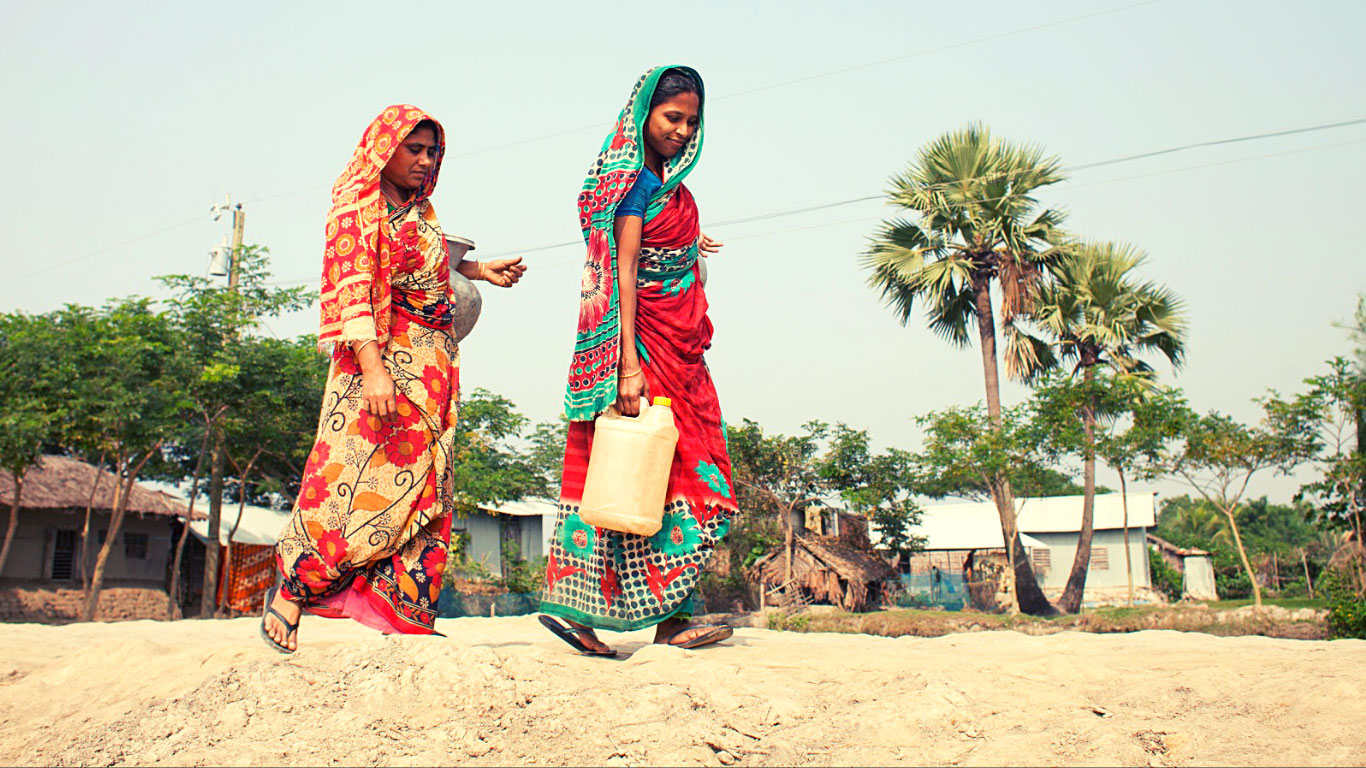- DRRA USA
- Support us
- Hits: 752
Building Resilience: Supporting Disaster-Prone Areas in Bangladesh
- DRRA USA
- Support us
- Hits: 752
Supporting disaster-prone areas in Bangladesh requires focused interventions for resilience and swift recovery. Constructing cyclone shelters, flood-resistant homes, and raised roads can protect lives during emergencies. Early warning systems, through mobile alerts and community announcements, allow timely evacuation. Local training programs on disaster preparedness and first aid empower communities to respond effectively. Pre-positioning relief supplies like food and medicine enables rapid distribution post-disaster. Climate-adapted livelihoods support, especially for farmers and fishermen, helps sustain incomes despite climate impacts. Partnering with NGOs and government agencies ensures coordinated, impactful responses, building resilience for communities vulnerable to recurring natural disasters.
Causes Description
Bangladesh’s disaster vulnerability stems from its geographical location and climate. The country is situated in a low-lying delta, making it prone to frequent flooding from heavy rainfall, river overflows, and glacier melt from the Himalayas. Coastal areas face cyclones and storm surges due to the Bay of Bengal, leading to severe damage. Additionally, climate change intensifies these risks by causing rising sea levels, unpredictable monsoons, and extreme weather events. Poor infrastructure, high population density, and reliance on agriculture further compound the impact, leaving communities especially vulnerable to loss of life, homes, and livelihoods during natural disasters.
Causes of Disaster Vulnerability in Bangladesh
- Geographical Location: Bangladesh is a low-lying delta, prone to flooding from rivers and heavy rainfall.
- Cyclones and Storm Surges: Coastal areas are highly vulnerable to cyclones from the Bay of Bengal, causing severe damage.
- Climate Change: Rising sea levels, unpredictable monsoons, and extreme weather increase disaster frequency and intensity.
- River Overflows: River systems like the Ganges and Brahmaputra frequently overflow, leading to floods.
- Poor Infrastructure: Weak infrastructure exacerbates disaster impacts.
- High Population Density: Crowded areas increase the vulnerability of people to natural disasters.
- Dependence on Agriculture: Many livelihoods are threatened by weather-related disruptions.
Helping Hands for Resilient Communities: Supporting Disaster-Prone Areas in Bangladesh
Help humanity by supporting disaster-prone areas in Bangladesh. Strengthen communities with disaster-resilient infrastructure, early warning systems, and climate-adapted livelihoods to build a safer, more sustainable world for all.


